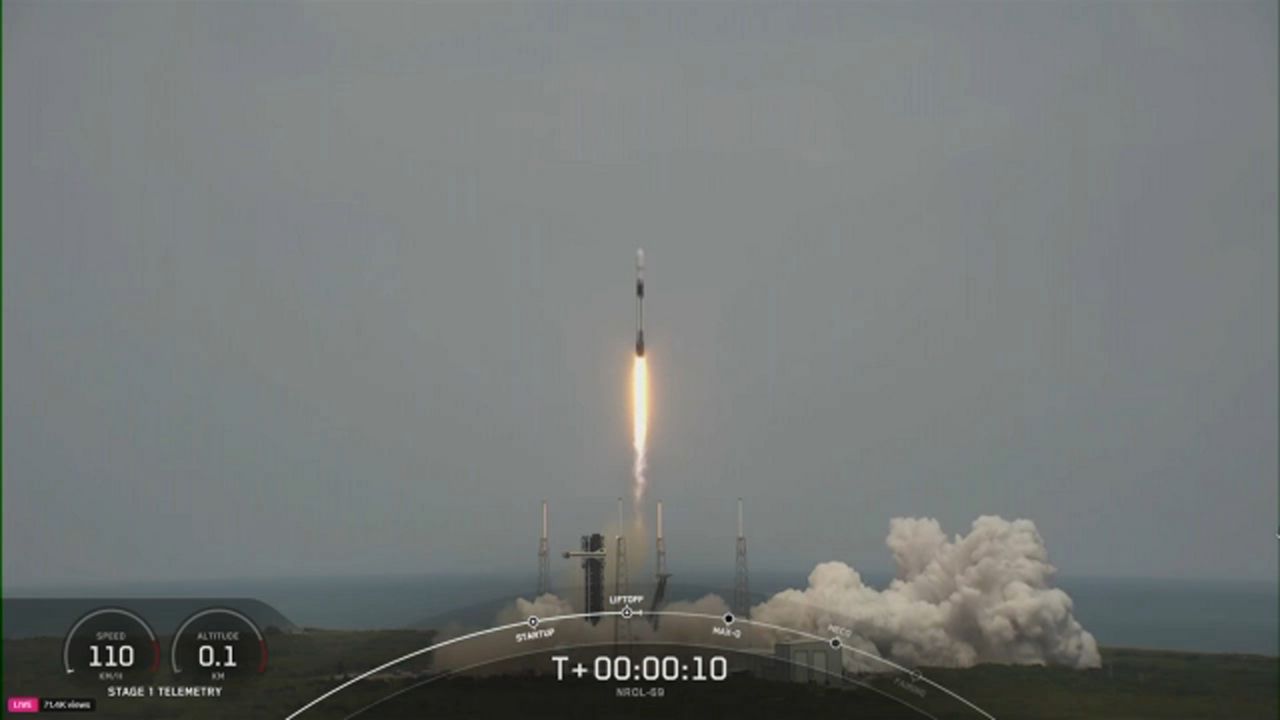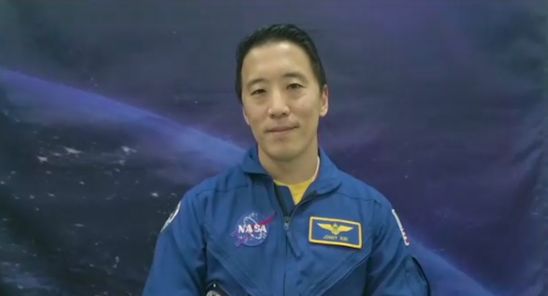MELBOURNE, Fla. — As NASA and other groups work toward the goal of sending humans to Mars, they’re trying to figure out as many variables will impact the trip — and humans — on the Red Planet.
One important aspect that has yet to be proven is whether lightning is a risk on Mars, and if so, how we could measure it.
What You Need To Know
- Researchers in Florida and Oregon are hoping to learn about lightning on Mars
- They have received a grant from the National Science Foundation to study atmospheric electricity
- It’s unknown if lightning exists on the Red Planet today, but it may have in the past
- The project will also include educational components for both teenagers and adults
Thanks to a grant from the National Science Foundation, researchers at Florida Institute of Technology and the University of Oregon are hoping to get answers to those questions and others.
NSF recently awarded the groups $676,409 to study atmospheric electricity on Earth and Mars. The team received $180,349 for fiscal year 2021 to begin the research.
One of the exciting parts of the work is that lightning, which comes in a variety of forms, can also be used to form the building blocks of life, according to Florida Tech assistant professor Jeremy Riousset.
“The fascinating part of lightning comes from the idea of the Miller-Urey experiment,” Riousset said. “It simply tells us that if you have a basic atmosphere, with carbon-dioxide, some oxygen, some nitrogen, this only needs a flow and a spark to turn into amino acid, the fundamental basis for DNA.”
Riousset spent years studying lightning and said his part of the research will be more on the theoretical side. He thinks there's a good possibility there is, or at least was, electricity on Mars at one point.
He said the right tools will be needed to detect it if it's still occurring on the Red Planet. But even if there isn’t naturally occurring lightning any more, there are still ways to figure out whether there was atmospheric electricity on Mars.
“Traces of lightning can be found on certain rocks. So even today, with rovers, for example, we could tell, we have these minerals, but these minerals only occur if you have had lightning when they formed. So, that’s one thing we can establish,” Riousset said.
Riousset noted that one danger for human explorers and future robotics on Mars is that even if there isn’t naturally occurring lightning, that doesn’t mean we can’t create the conditions for it to exist.
“If you go there, and you have big antennas, that kind of geometry is likely to provoke lightning," Riousset said. "Even if it would not appear naturally, it will basically be a catalyzer. And that’s something I want to be able to tell (NASA) at the end of this program, 'Be careful, because if you do send something with this geometry, you’re likely to catalyze lightning.' ”
Because of the cadence of launches to Mars and the time it takes for experiments to be incorporated into missions, Riousset said it’s unlikely he would be able to send up part of this research until at least a decade from now.
In the meantime, part of the project will be furthering STEM interest for local middle- and high-school students through a Lego summer camp. It will allow him the opportunity to teach about space exploration and programming using educational Lego sets funded by the grant money.
The camp is expected to launch in summer 2022. There will also be educational talks for adults through a venue called Astronomy on Tap.










